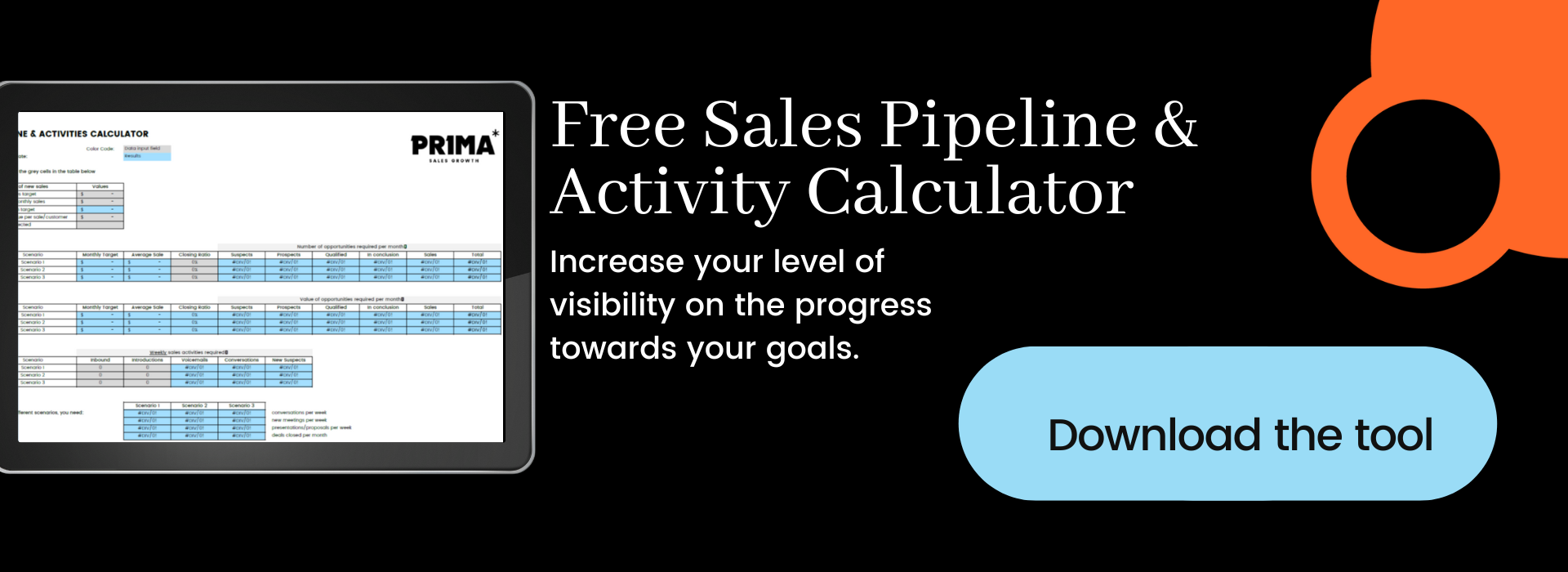Sales automation tools help systematize prospecting and lead nurturing.
For the salesperson who has to go hunting for new prospects, getting started is often the most significant challenge he or she faces. A web-based tool with a preprogrammed sequence of sales activities imposes a necessary framework and discipline. Pick up the phone, write an email, send a LinkedIn invitation: each required action is listed in a specific order.
The sales automation tool also allows sales activities to be spread over a few weeks, days or even hours. In addition to the overall picture that it can offer, this distribution maximizes the process to be carried out within a specified period while eliminating the risk of omissions.
For example, a first step could be to find out about the company where the prospect works:
- Visit the website;
- Read the latest annual report ;
- View the company account and prospect profile on LinkedIn.
It is particularly interesting to use LinkedIn for this first step. If the prospect has a Premium package, a notification informs him/her of your visit to his or her account – an initial contact is already established before even moving on to the next stage, which aims to communicate directly with the client:
- Invite the prospect to connect to LinkedIn;
- Send him/her an email;
- Call him or her;
- Meet him/her.
What are the features of sales automation tools?
- Sequencing sales activities;
- Creating email templates;
- CRM integration;
- Email tracking;
- Phone calls;
- Sending voice messages;
- Receiving notifications;
- Performance indicators;
- Performance dashboards.
Beyond creating sequences, these tools include several features that save time and money.
1. Creating email templates
Pre-defined email templates allow for better quality control of email content. Because emails are written in advance, the message is more accurate and specific.
In the same vein, it is interesting to consider new sales automation tools that leverage artificial intelligence. Much more advanced, they can adapt automated responses sent to a prospect based on the message received.
2. CRM integration
Sales automation tools have the advantage of integrating with customer relationship management platforms such as Gmail, Outlook and Salesforce, to have quick access to contact lists. With some of them, it’s also possible to record sales activities within CRM. The ultimate integration is undoubtedly the ability to add prospects to a sequence directly from CRM search results.
3. Tracking sent emails
These tools inform reps when their emails are opened. Knowing if the recipient has read it or not, or if the message bounced back is a good indicator of the next step to take.
4. Phone calls
A phone call can be initiated with a single click, and audio can be recorded.
5. Sending voice messages
For extra time savings, send a voice message that you have pre-recorded yourself or the one already included on the platform.
6. Notifications
To ensure that the planned activities are carried out, a seller can activate an alert system that will send tasks and warnings at a predetermined time.
In turn, sales managers benefits from real-time monitoring of the activities carried out by their team. They will receive a notification at each step taken by a seller, according to his/her sequence.
7. Performance Indicators
The number of calls made, emails sent and opened – these are some of the available indicators. These metrics might sound superficial to some, but the number of prospecting activities correlates with the number of first base meetings a rep gets.
Also, why not use this data to develop an honour roll to draw an overall picture of the team’s work and compare the performance of the salespeople among themselves?
8. Dashboards
Sales automation tools give the option to use a dashboard generated by the software or to develop one yourself.
Why use a sales automation tool?
- They shorten sales cycles;
- They improve time management;
- They improve sales management;
- They increase traffic to a website or blog;
- They optimize and standardize prospecting efforts;
- They enhance the accuracy of the message.
The reasons for using a sales automation tool are varied and different for each company.
1. Duration of the sales cycle
Keep at it! These tools dramatically facilitate complicated or long sales cycles. They’re also useful for consultative sales teams, given the many steps these methodologies require.
2. Better time management
A sales automation tool is an exciting solution to time management problems. The tool will remind the seller what to do today and can even send emails automatically. Like the CRM, representatives have to go into the software every day to see the day’s to do. I then encourage salespeople to plan precise time slots to carry out the required tasks, which forces him/her to manage activities better.
3. Sales management
Because just getting reps to start prospecting is a challenge, the tool provides a prospecting framework that outlines the required activities and the time allocated to them. In turn, because data is readily available, these tools help sales managers give better support on specific performance issues.
4. Increase traffic to a website or blog
By automatically including a link to the site or blog in messages sent at the end of the sequence, the recipient is encouraged to consult it.
5. Optimization and standardization of prospecting efforts
Because sales automation tools allow for multiple distinct sequences, the system enables learning by comparing sellers’ approaches. Of course, it will be to their advantage to adapt to the most profitable practices. After some time, all sellers will direct their efforts in the same direction.
6. Message accuracy
It’s necessary to adjust a sequence for a segment, industry or market, and the same is true for messages sent to prospects. These tools make it possible to adapt to the recipient and the position s/he occupies in a way that is both scalable and optimizable.
Sales automation tools
To choose the best system, first, take into account your internal prospecting process. Some systems can perform specific automated actions, such as automatically generating activity sequences. Depending on how you do things, different features and functions can make it more expensive for you. For example, it can become costly to hire dedicated staff to link incoming leads to the system.
Takeaway
In short, a sales automation tool improves prospecting skills and results.
By automating the activities to be performed as well as the deadlines to be respected and by allowing sales leaders to optimize sales activity results, these sales automation tools have become an essential management complement.






